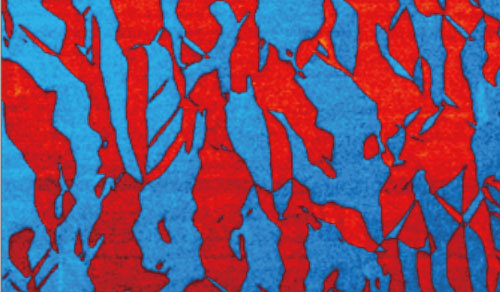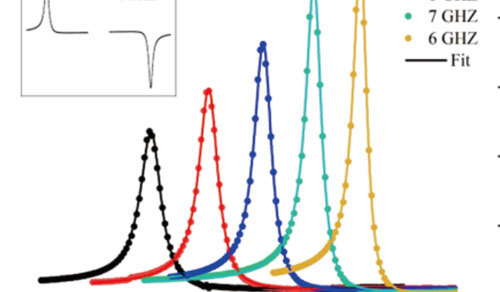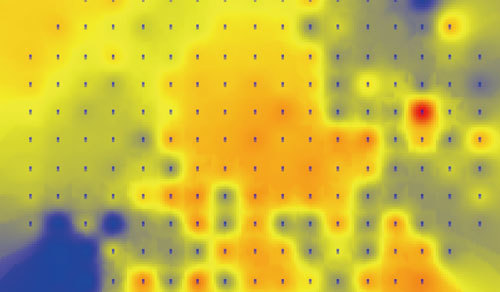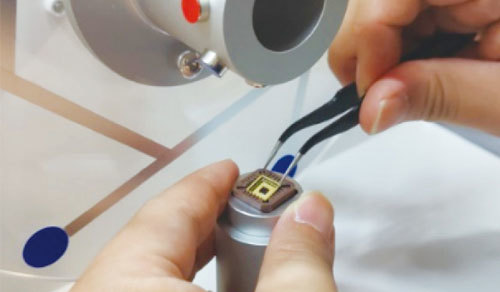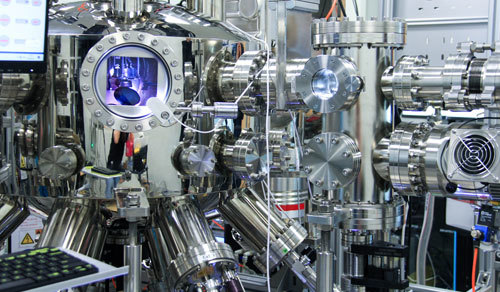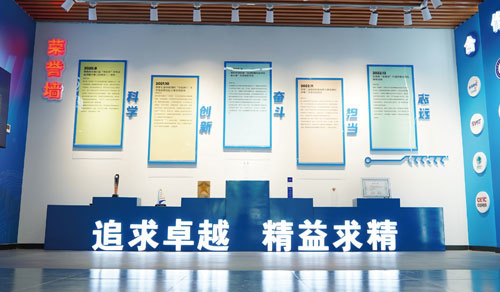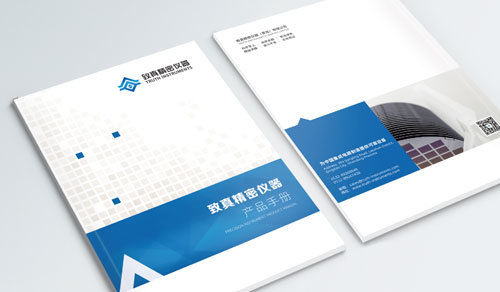In-plane Magnetic Field Closed Cycle Cryogenic Probe Station
Classification
Keywords
- Product Description
- Technical Indicators
- Applications
-
Product Model:
PS1DX-Cryo
Product Overview:
● Designed for transport measurements of magnetic materials and spintronic devices, the PS1DX-Cryo In-Plane Magnetic Field Closed Cycle Cryogenic Probe Station is optimal for cryogenic magnetic transport measurements.
● The PS1DX-Cryo Probe Station provides a cryogenic vacuum environment for samples and enables a stable magnetic field in the sample area using an external electromagnet. Users operate an external micro-adjustable probe arm to measure samples by probe feeding under cryogenic vacuum without the need to wire the samples. Multiple devices or samples can be continuously characterized and measured in a cryogenic magnetic field, leading to significantly improved measurement efficiency.
● The PS1DX-Cryo Probe Station comes with complete control and testing software to provide users with automated, systematic test solutions. The software allows users to monitor and control the temperature and magnetic field of the probe station in real time. In conjunction with the DC and microwave test sequences such as magnetoresistance, second harmonic, ST-FMR, and spin pumping contained in the software, the probe station can test multiple types of samples such as semiconductor materials, micro- and nano-devices, magnetic materials and spintronic devices.
-
● Designed for transport measurements of magnetic materials and spintronic devices, the PS1DX-Cryo In-Plane Magnetic Field Closed Cycle Cryogenic Probe Station is optimal for cryogenic magnetic transport measurements.
● The PS1DX-Cryo Probe Station provides a cryogenic vacuum environment for samples and enables a stable magnetic field in the sample area using an external electromagnet. Users operate an external micro-adjustable probe arm to measure samples by probe feeding under cryogenic vacuum without the need to wire the samples. Multiple devices or samples can be continuously characterized and measured in a cryogenic magnetic field, leading to significantly improved measurement efficiency.
● The PS1DX-Cryo Probe Station comes with complete control and testing software to provide users with automated, systematic test solutions. The software allows users to monitor and control the temperature and magnetic field of the probe station in real time. In conjunction with the DC and microwave test sequences such as Magnetoresistance, Second harmonic, ST-FMR, and Spin pumping contained in the software, the probe station can test multiple types of samples such as semiconductor materials, micro- and nano-devices, magnetic materials and spintronic devices.
● The high-degree system integration enables one-button temperature, magnetic field and electrical testing through software operation.
● Cooling with a 4 K GM refrigerator, without refrigerant required in the cooling process
● Temperature range of the sample stage: 8 K–420 K
● Temperature stability is greater than ±20 mK over the entire temperature range
● Carry in-plane electromagnet with a maximum magnetic field of ±0.65 T
● Both the magnet and power source are designed as water-cooled, and the magnetic field is under closed-cycle control for long-term stable operation
● Multiple heat sinks are designed for the probe arms and probes to minimize the sample temperature rise caused by probe feeding
● Automatic 360° sample rotation at low temperatures enables the measurement of the anisotropic properties that vary with angle.
● The advanced intelligent optical system enables clearer sample observation and supports various functions such as recording, shooting and distance measurement.
● The special vibration damping design effectively reduces the vibration of the sample stage, ensuring the vibration <1 μm (p-p) over the full temperature range, which meets the needs of most optical devices for continuous operation.
Magnetic field
Magnet Type
Electromagnet
Magnetic field direction
In-plane (horizontal)
Magnetic field intensity
±0.65 T
Magnetic field homogeneity
>0.6% in the 10 mm spherical area, and >2.6% in the 25 mm spherical area
Magnetic field control
PID closed cycle control
Temperature
Sample temperature
8 K-420 K
Temperature stability
<±20 mK(8 K~420 K)
Cooling time
2.5 h
Warming time
2 h
Vibration
Sample vibration
<1 μm (p-p)
Vacuum
Vacuum degree at room temperature
<6 E-2 Pa
Vacuum degree at low temperatures
<1.2 E-3 Pa
Probe arm
Travel
X-Y-Z,50 mm-25 mm-25 mm
Rotation
R,±5°
Sample space
Diameter of the sample stage
Up to 25.4mm
Motorized rotation stage (optional)
Sample stage ± 180 ° rotation
DC probe
Tip material (optional)
Tungsten or beryllium copper (BeCu)
Frequency range (optional)
With cryogenic coaxial cable: 0–50 MHz
With semi-rigid coaxial cable: 0–1 GHzMicrowave probe
Tip material
Tungsten probe
Frequency range (optional)
With K-connector: 0–40 GHz;
With 1.85-mm connector: 0–67 GHz -
ST-FMR Measurement of W(5)/CFB(2)/MgO(1.5)/Ta(1.5)(nm)
The current generates a spin torque in the ferromagnetic device, and the high-frequency spin torque acts on the magnetic moment in the ferromagnetic sample, causing the precession of the magnetic moment and producing resonance peaks at the appropriate frequencies. The resonance peaks vary with magnetic fields and frequencies. By line type analysis, different types of spin torques can be calculated, such as Field-like Torque and Damping-like Torque
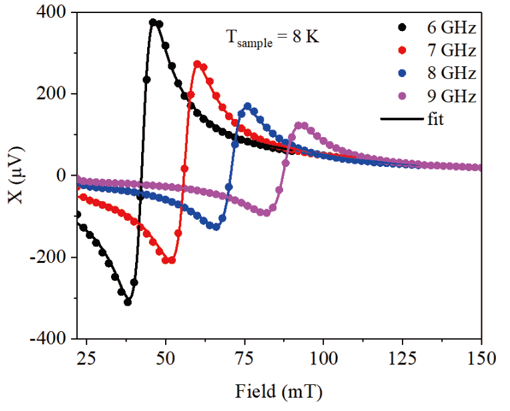
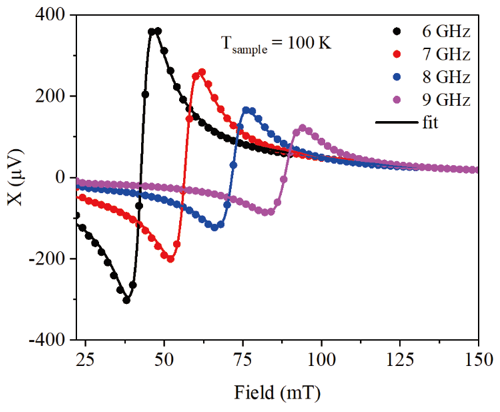
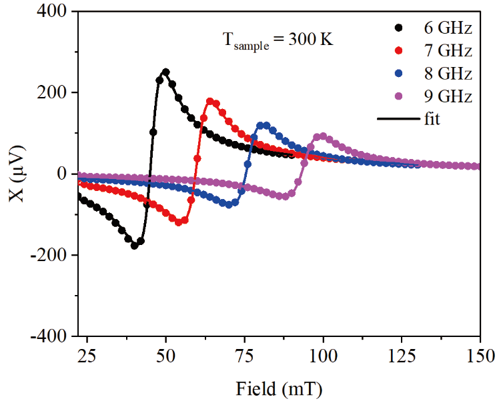
Second Harmonic Measurement
The fundamental and doubled frequency signals of the anomalous Hall voltage are measured by employing a current to excite the Holl device. The fundamental frequency signal can reflect the magnetization curve of the sample, and the doubled frequency signal can reflect the torque effect of the current on the sample, such as the spin-orbit torque (SOT). This method is widely used in spintronics research.
In-plane Magnetic Field Closed Cycle Cryogenic Probe Station
Classification
Keywords
Intention Table
Application Industry

Provide reliable equipment for advanced manufacturing, empowering technological innovation through precision measurement!!
Contact Information

Business Inquiries:+86-532-89267428/13335086685Manager Yao

Switchboard:+86-532-89269848

Company Address: 393 Songling Road, Laoshan District, Qingdao, Shandong Province, China
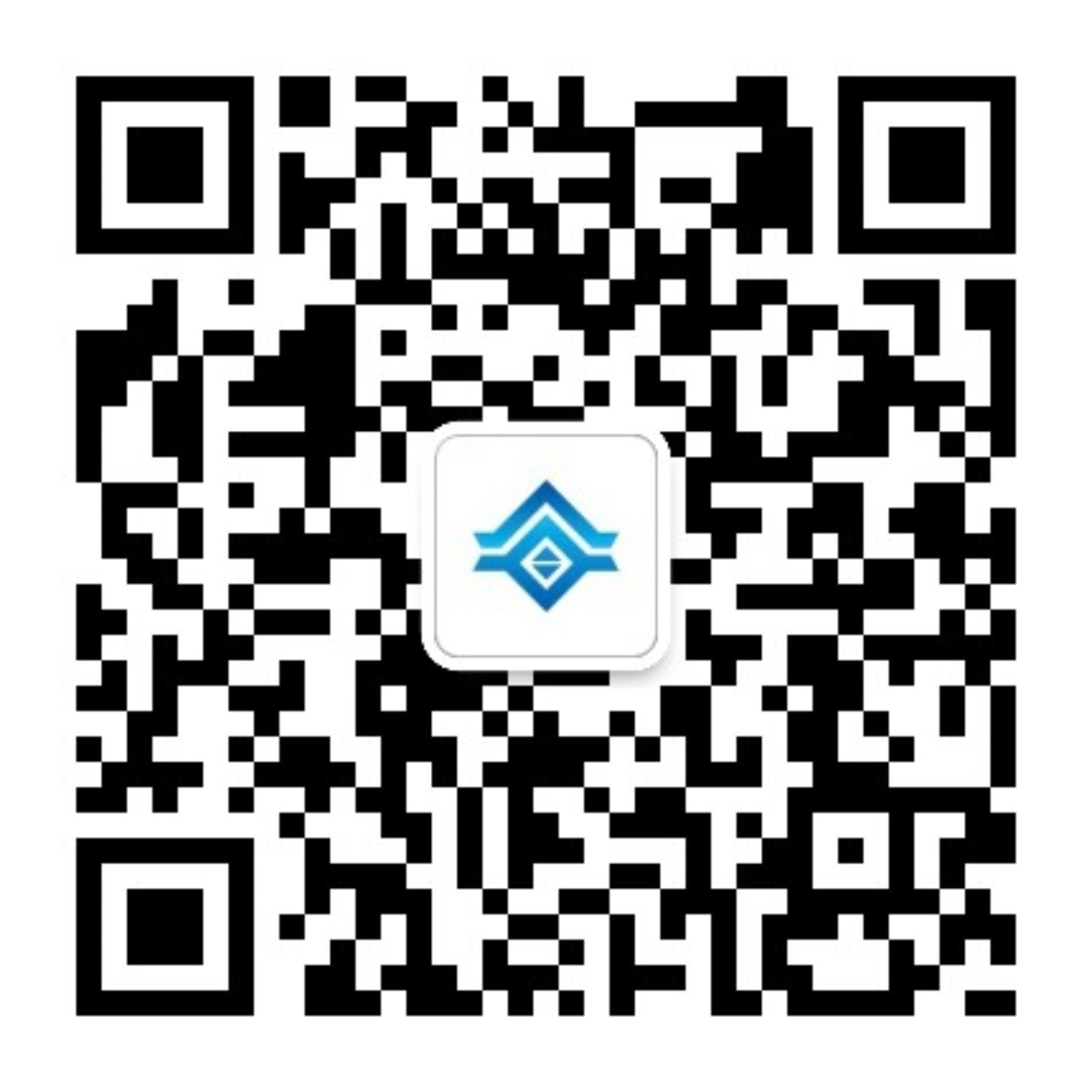
WeChat Official Account
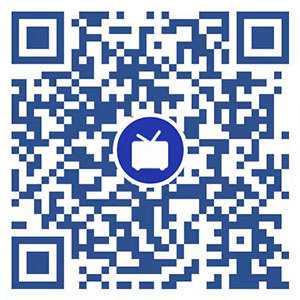
Bilibili Account


